Home>Gardening & Outdoor>Landscaping Ideas>How Long To Stay Off Grass After Fertilizing
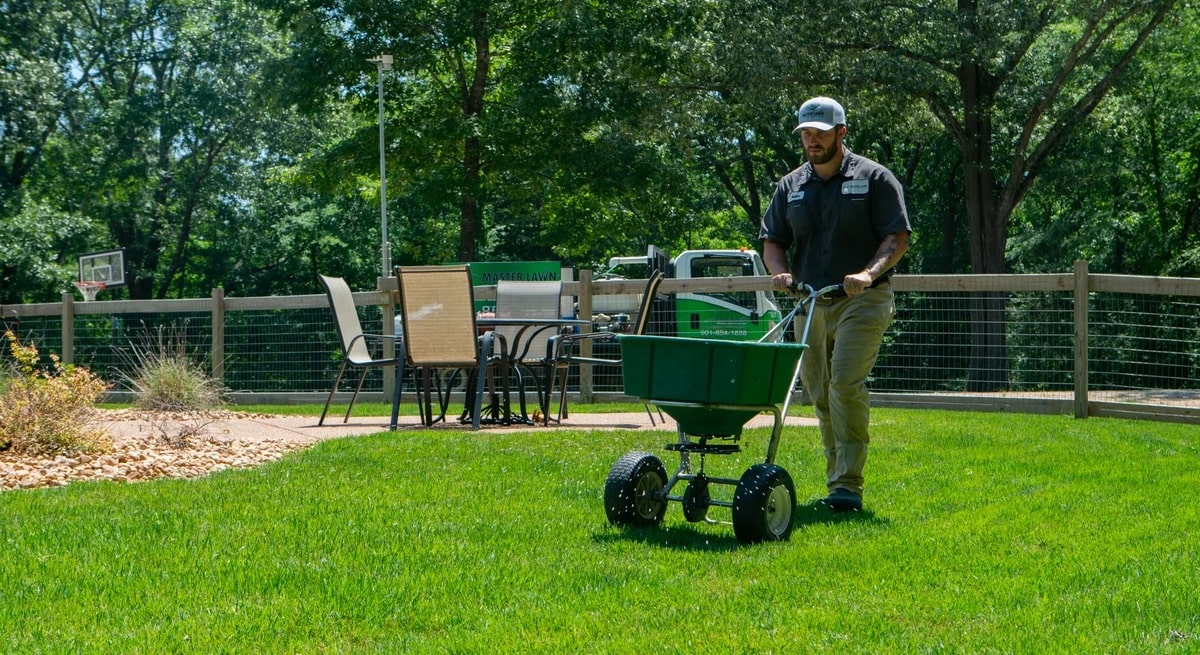

Landscaping Ideas
How Long To Stay Off Grass After Fertilizing
Modified: August 17, 2024
Discover the best landscaping ideas and learn how long to stay off grass after fertilizing for a lush, healthy lawn. Get expert tips and advice to keep your yard in top shape.
(Many of the links in this article redirect to a specific reviewed product. Your purchase of these products through affiliate links helps to generate commission for Storables.com, at no extra cost. Learn more)
Introduction
Maintaining a lush, healthy lawn requires a combination of proper watering, mowing, and fertilizing. While fertilizing provides essential nutrients for grass growth, it’s crucial to understand the necessary precautions to ensure its effectiveness without causing harm. One common concern among homeowners is how long they should stay off the grass after fertilizing. This consideration is vital to protect both the grass and individuals using the lawn. Let’s explore the various factors that influence this timeframe and gain insights into making informed decisions for the well-being of your lawn.
Key Takeaways:
- Wait at least a day before going back on the grass after using slow-release fertilizer, but with fast-release fertilizer, wait 1-3 days to avoid damaging the grass.
- Consider the weather and grass type when deciding how long to stay off the grass after fertilizing to keep your lawn healthy and vibrant.
Read more: How Long To Stay Off Grass After Pesticide
Factors to Consider
Several factors come into play when determining the duration for which you should stay off the grass after fertilizing. Understanding these variables is essential for making an informed decision that promotes the health of your lawn while ensuring safety for all concerned.
1. Type of Fertilizer Used: Different fertilizers have varying compositions and release rates. Slow-release fertilizers may require a shorter waiting period compared to fast-release options. Additionally, organic fertilizers, such as compost or manure-based products, are generally gentler and may allow for quicker re-entry to the lawn.
2. Environmental Conditions: Weather conditions play a significant role in the absorption and effectiveness of the fertilizer. High temperatures and ample sunlight can facilitate the breakdown and assimilation of the nutrients, potentially reducing the waiting period. Conversely, during periods of rain or excessive moisture, it may be necessary to extend the duration to prevent the fertilizer from being washed away.
3. Grass Type: Different grass species have unique characteristics and may respond differently to fertilization. Warm-season grasses, such as Bermuda or Zoysia, typically have a faster growth rate and may tolerate re-entry sooner than cool-season grasses like Kentucky bluegrass or fescue.
Considering these factors is crucial in determining the appropriate timeframe for staying off the grass after fertilizing. By addressing these variables, you can make informed decisions that support the health and vibrancy of your lawn.
Type of Fertilizer Used
When considering how long to stay off the grass after fertilizing, the type of fertilizer utilized is a pivotal factor. Fertilizers come in various formulations, each with distinct characteristics that influence the duration of restricted access to the lawn.
1. Slow-Release Fertilizers: These formulations are designed to release nutrients gradually over an extended period. As a result, the risk of burning the grass is minimized, and the waiting period for re-entry is typically shorter compared to fast-release fertilizers. Slow-release fertilizers are beneficial for sustained nourishment and may allow individuals to return to the lawn within a few hours to a day after application, depending on environmental conditions.
2. Fast-Release Fertilizers: These fertilizers provide a rapid nutrient boost to the grass, making them effective for addressing immediate deficiencies. However, they carry a higher risk of causing damage if not applied and managed correctly. Due to their quick nutrient release, it is advisable to stay off the grass for a longer duration, often ranging from one to three days, to allow the fertilizer to be fully absorbed without interference.
3. Organic Fertilizers: Derived from natural sources such as compost, manure, or bone meal, organic fertilizers offer a gentler approach to lawn nourishment. They are typically less concentrated and release nutrients gradually, reducing the risk of burning the grass. As a result, the waiting period for re-entry after applying organic fertilizers is often shorter, typically ranging from a few hours to a day, depending on environmental conditions.
Understanding the characteristics of the fertilizer used is essential for determining the appropriate duration for staying off the grass. By selecting a fertilizer that aligns with your lawn’s needs and considering its impact on re-entry timing, you can promote healthy grass growth while minimizing any potential risks associated with immediate access.
Environmental Conditions
Environmental factors play a crucial role in determining the duration for which individuals should stay off the grass after fertilizing. The prevailing weather conditions and other environmental elements can significantly impact the effectiveness of the fertilizer and the safety of re-entry onto the lawn.
1. Temperature: High temperatures can accelerate the breakdown and assimilation of the fertilizer into the soil, promoting efficient nutrient absorption by the grass. In such conditions, the waiting period for re-entry may be shorter. Conversely, during cooler weather, the process of nutrient release and absorption may be slower, necessitating a longer duration before resuming regular lawn activities.
2. Sunlight: Ample sunlight complements high temperatures by fostering optimal conditions for nutrient breakdown and grass nourishment. It can also aid in drying the fertilizer, reducing the risk of it sticking to shoes or being transferred indoors. However, excessive direct sunlight may necessitate providing some shade for the grass to prevent stress and potential damage during the waiting period.
3. Moisture Levels: Adequate moisture is essential for the grass to absorb the nutrients effectively. However, excessive moisture, such as heavy rainfall immediately after fertilization, can wash away the fertilizer, reducing its efficacy and potentially necessitating reapplication. In such cases, it may be advisable to extend the duration for staying off the grass to allow for optimal absorption and utilization of the applied nutrients.
Considering these environmental conditions is vital for determining the appropriate timeframe for re-entry onto the grass after fertilizing. By aligning lawn activities with the prevailing weather and environmental factors, you can optimize the effectiveness of the fertilizer while safeguarding the health and appearance of your lawn.
Stay off grass for at least 24-48 hours after fertilizing to allow the chemicals to be absorbed and prevent skin irritation or ingestion.
Grass Type
The type of grass in your lawn is a significant factor when deciding how long to stay off the grass after fertilizing. Different grass species have distinct characteristics that influence their response to fertilization and the duration for which they should be left undisturbed after application.
1. Warm-Season Grasses: Varieties such as Bermuda grass, Zoysia grass, and St. Augustine grass are well-suited to warmer climates and exhibit robust growth during hot weather. These grasses typically have a faster growth rate and may respond more rapidly to fertilization. As a result, the waiting period for re-entry onto lawns with warm-season grasses may be comparatively shorter, often ranging from a few hours to a day, depending on the specific fertilizer used and the prevailing environmental conditions.
2. Cool-Season Grasses: Species like Kentucky bluegrass, fescue, and ryegrass thrive in cooler climates and have a slower growth rate during hot weather. Consequently, the response to fertilization and the duration for staying off the grass after application may differ from that of warm-season grasses. Individuals maintaining lawns with cool-season grasses may need to allow for a longer waiting period before resuming regular activities on the grass, typically ranging from one to three days, to ensure optimal nutrient absorption and minimize potential stress on the grass.
Considering the specific characteristics and growth patterns of the grass type in your lawn is essential for determining the appropriate timeframe for re-entry after fertilizing. By tailoring your approach based on the unique traits of the grass species, you can promote healthy growth and minimize any potential adverse effects associated with immediate access to the lawn.
Read more: How Long To Stay Off Grass After Treatment
Timeframe for Staying Off Grass
After fertilizing your lawn, it’s essential to establish a suitable timeframe for staying off the grass to ensure the fertilizer’s effectiveness and prevent potential damage. While the specific duration may vary based on the factors discussed, a general guideline can help homeowners make informed decisions regarding re-entry onto the lawn.
1. Slow-Release Fertilizers: If you’ve used a slow-release fertilizer, the waiting period before re-entry onto the grass is typically shorter. In favorable environmental conditions, such as warm temperatures and adequate sunlight, individuals may be able to return to the lawn within a few hours to a day after application. However, it’s crucial to assess the grass’s condition and the fertilizer’s absorption to determine the optimal timing for resuming regular activities on the lawn.
2. Fast-Release Fertilizers: With fast-release fertilizers, a longer waiting period is generally recommended to allow for complete nutrient absorption and minimize the risk of damage to the grass. This waiting period often ranges from one to three days, providing sufficient time for the fertilizer to be fully utilized without interference from foot traffic or other activities on the lawn.
3. Organic Fertilizers: When organic fertilizers are used, the waiting period for re-entry onto the grass is typically shorter due to their gentle and gradual nutrient release. In favorable conditions, individuals may be able to return to the lawn within a few hours to a day after application, ensuring minimal disruption to regular lawn activities.
It’s important to consider the specific environmental conditions, grass type, and the characteristics of the fertilizer used when determining the timeframe for staying off the grass after fertilizing. By aligning your approach with these factors and closely monitoring the grass’s condition, you can promote effective nutrient absorption and support the overall health and vitality of your lawn.
Conclusion
Understanding how long to stay off the grass after fertilizing is essential for maintaining a healthy and vibrant lawn while ensuring safety for individuals using the outdoor space. By considering factors such as the type of fertilizer used, environmental conditions, and the specific grass type, homeowners can make informed decisions regarding the duration for which the grass should be left undisturbed after fertilization.
It’s crucial to select a fertilizer that aligns with the lawn’s needs and to consider its impact on re-entry timing. Slow-release fertilizers offer the advantage of shorter waiting periods, while fast-release fertilizers may necessitate longer durations to ensure optimal nutrient absorption and minimize potential damage to the grass. Organic fertilizers provide a gentle approach to lawn nourishment, often allowing for quicker re-entry onto the grass.
Environmental conditions, including temperature, sunlight, and moisture levels, play a significant role in the effectiveness of the fertilizer and the safety of re-entry onto the lawn. High temperatures and ample sunlight can expedite nutrient absorption, potentially shortening the waiting period, while excessive moisture may necessitate extending the duration to prevent nutrient runoff and maintain the fertilizer’s efficacy.
Furthermore, the specific grass type in the lawn influences the response to fertilization and the duration for which individuals should stay off the grass. Warm-season grasses typically allow for shorter waiting periods, while cool-season grasses may require longer durations to ensure optimal nutrient utilization and minimize potential stress on the grass.
By carefully considering these factors and tailoring the approach based on the lawn’s unique characteristics, homeowners can promote healthy grass growth and minimize any potential risks associated with immediate access to the lawn after fertilizing. Ultimately, a well-informed approach to determining the timeframe for staying off the grass contributes to the long-term health and beauty of the lawn, creating an inviting outdoor space for leisure and recreation.
Frequently Asked Questions about How Long To Stay Off Grass After Fertilizing
Was this page helpful?
At Storables.com, we guarantee accurate and reliable information. Our content, validated by Expert Board Contributors, is crafted following stringent Editorial Policies. We're committed to providing you with well-researched, expert-backed insights for all your informational needs.

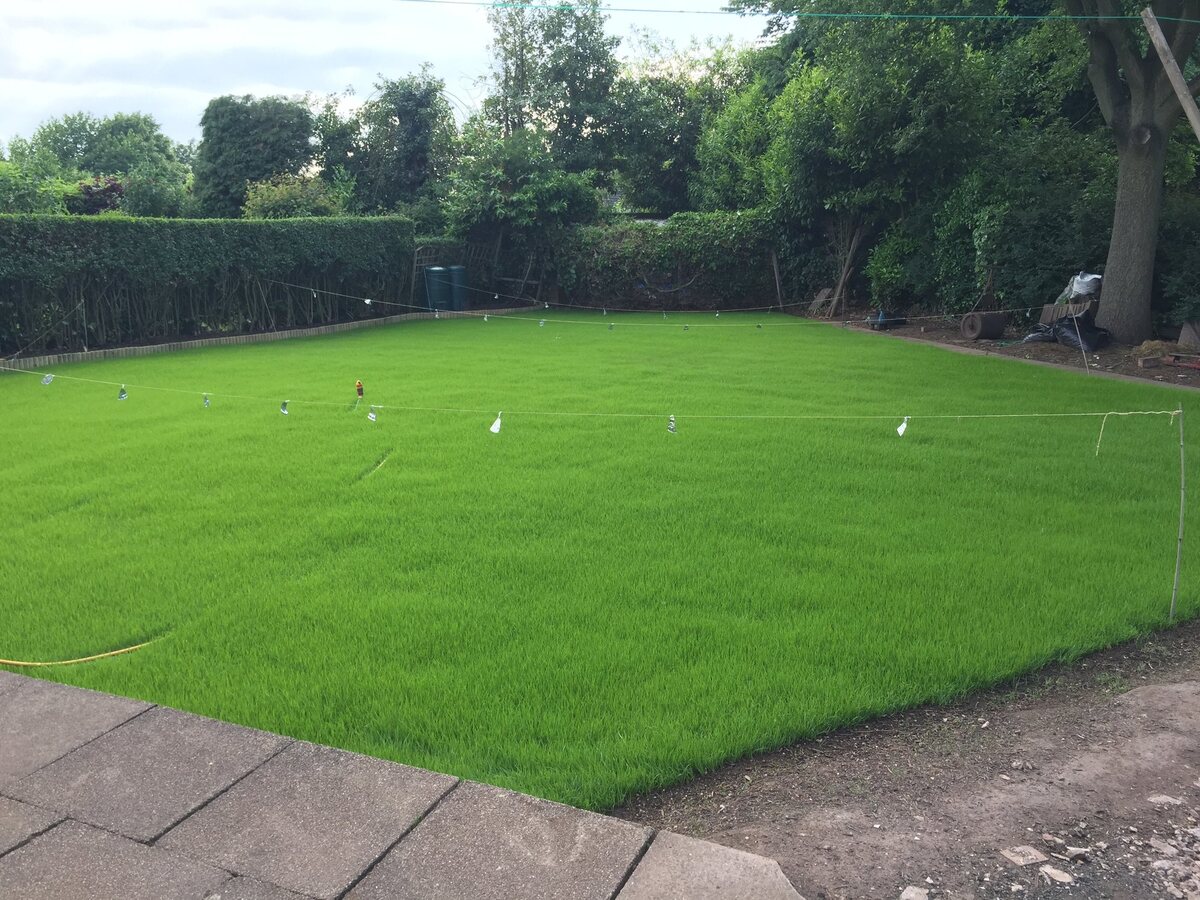
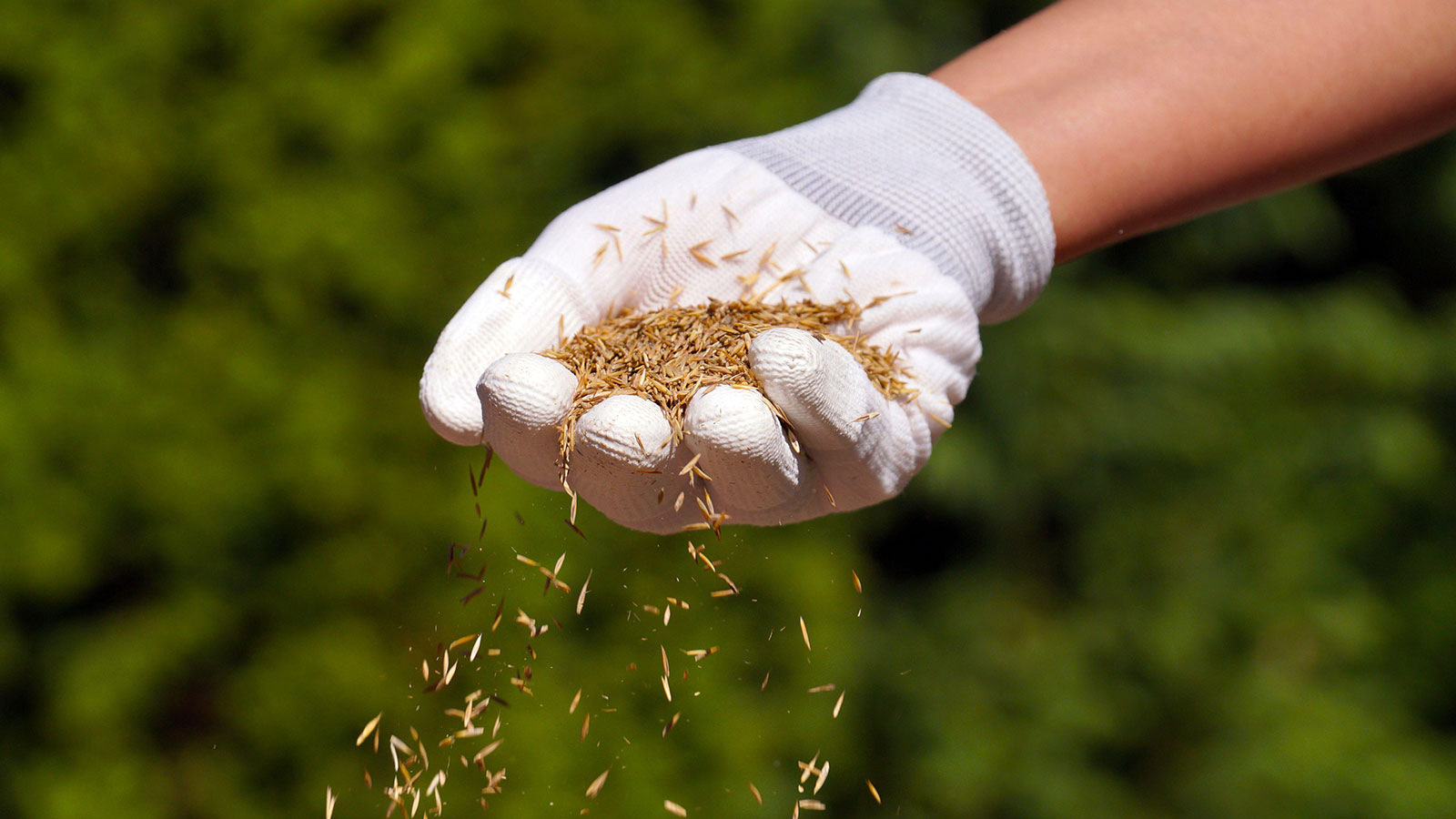
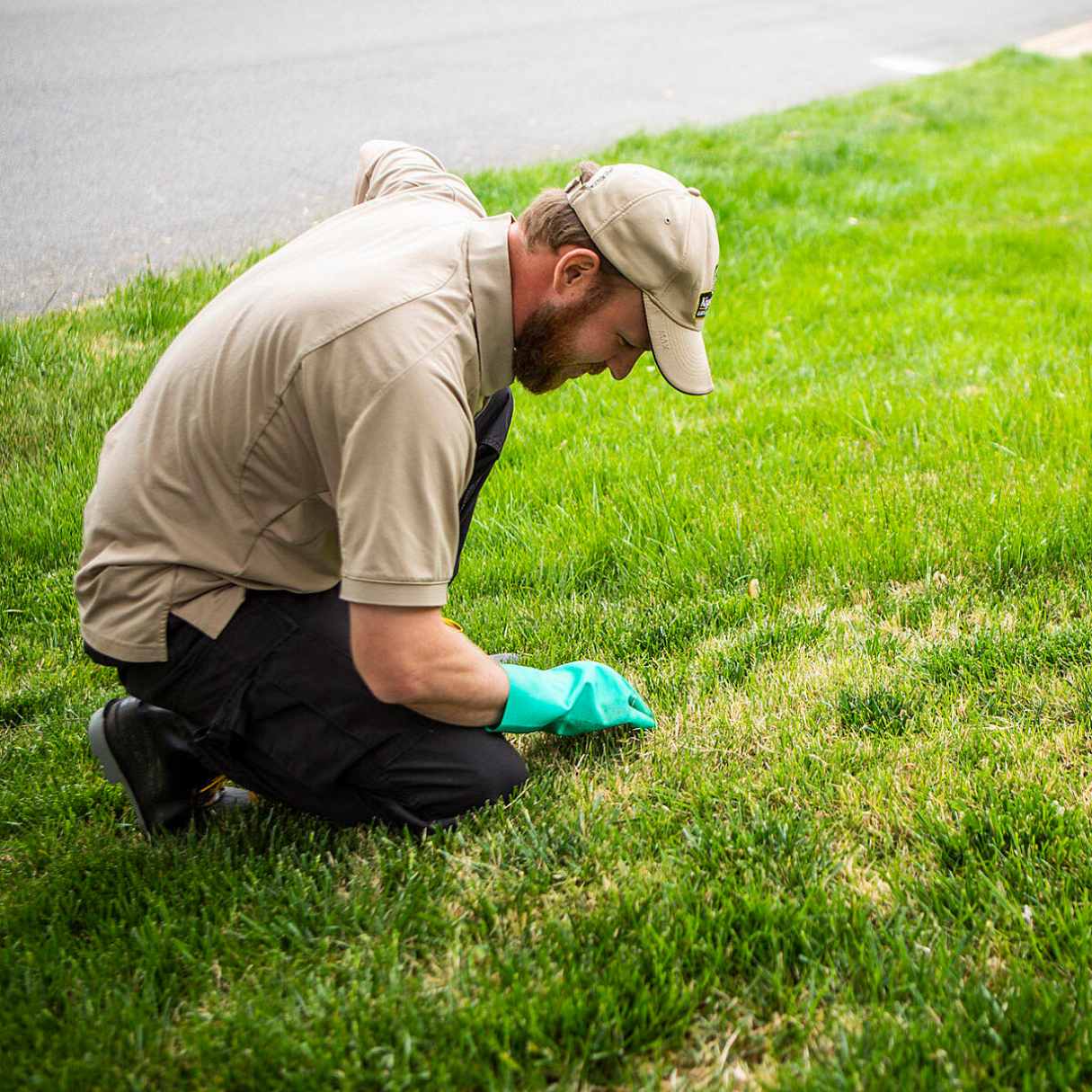
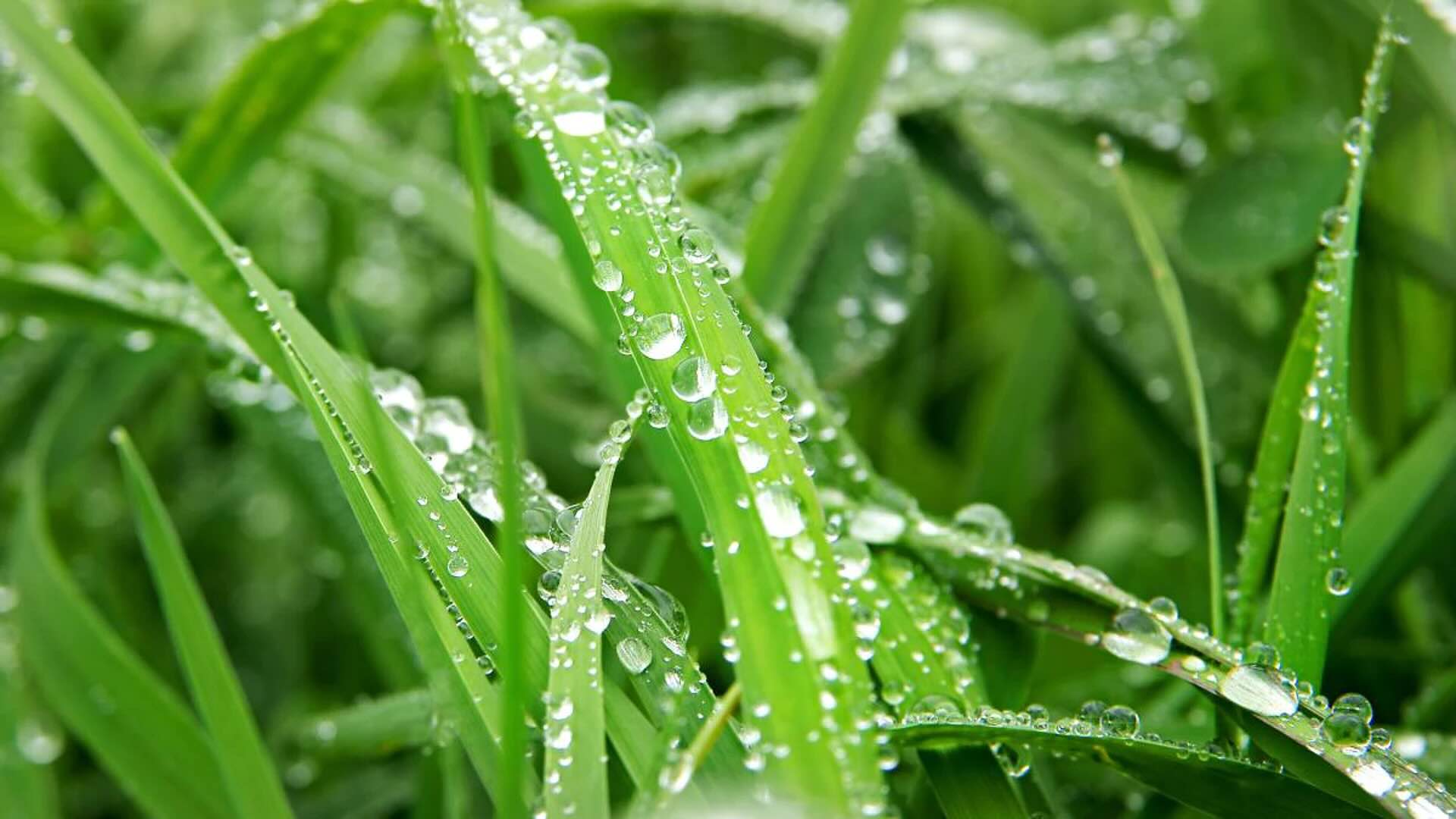
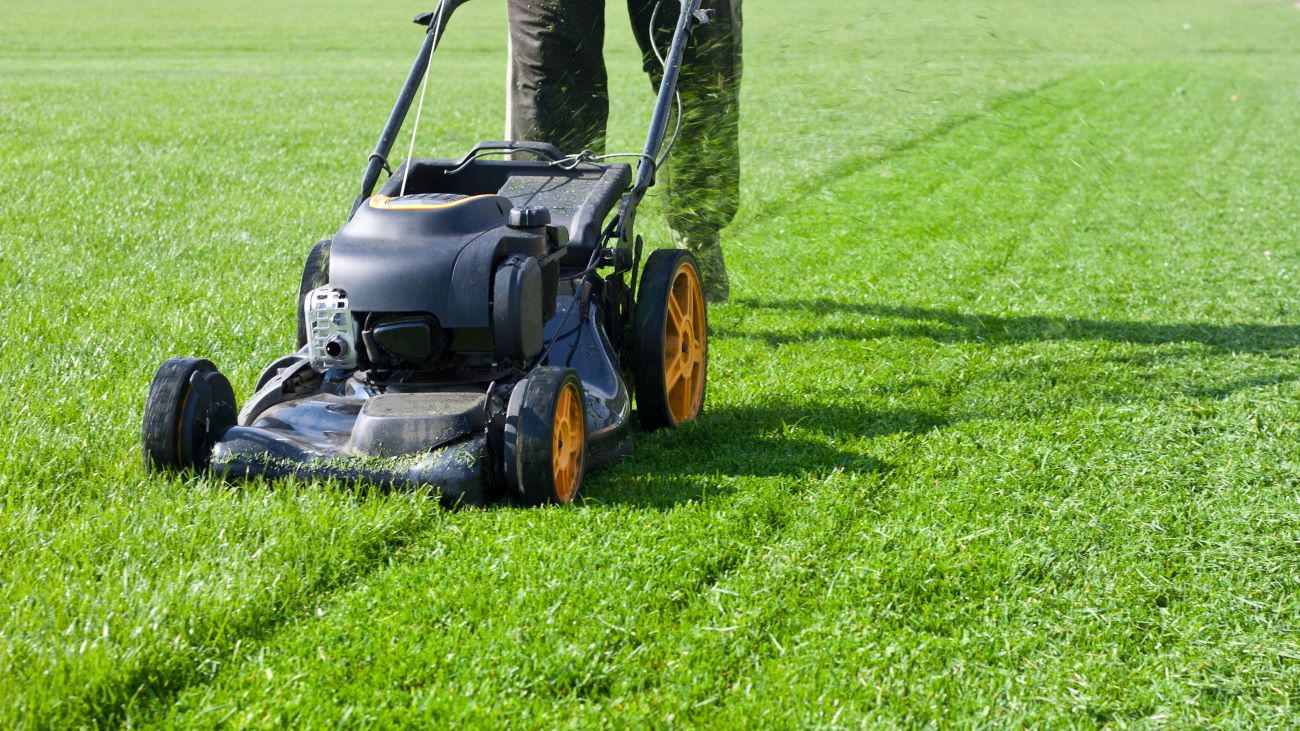
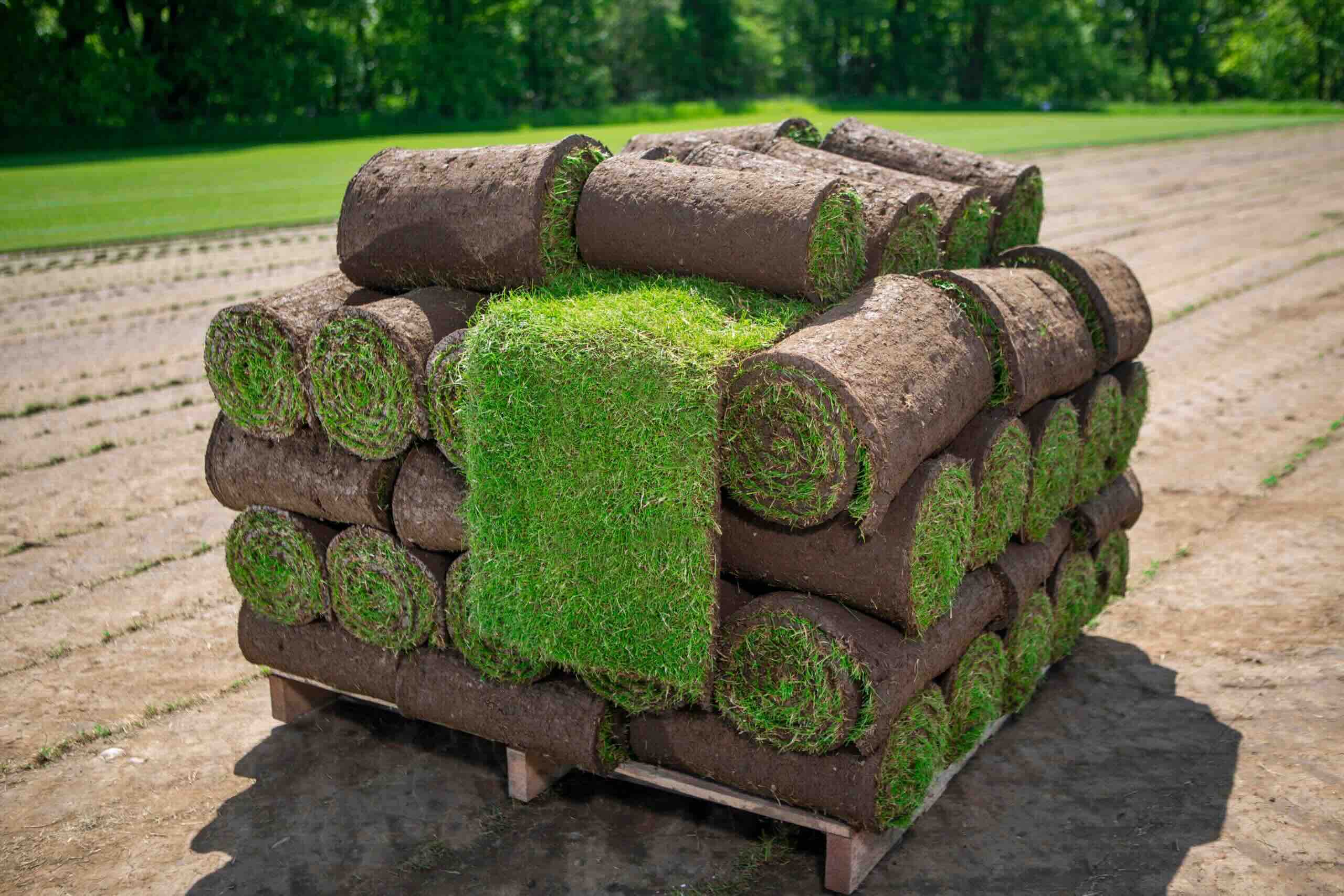
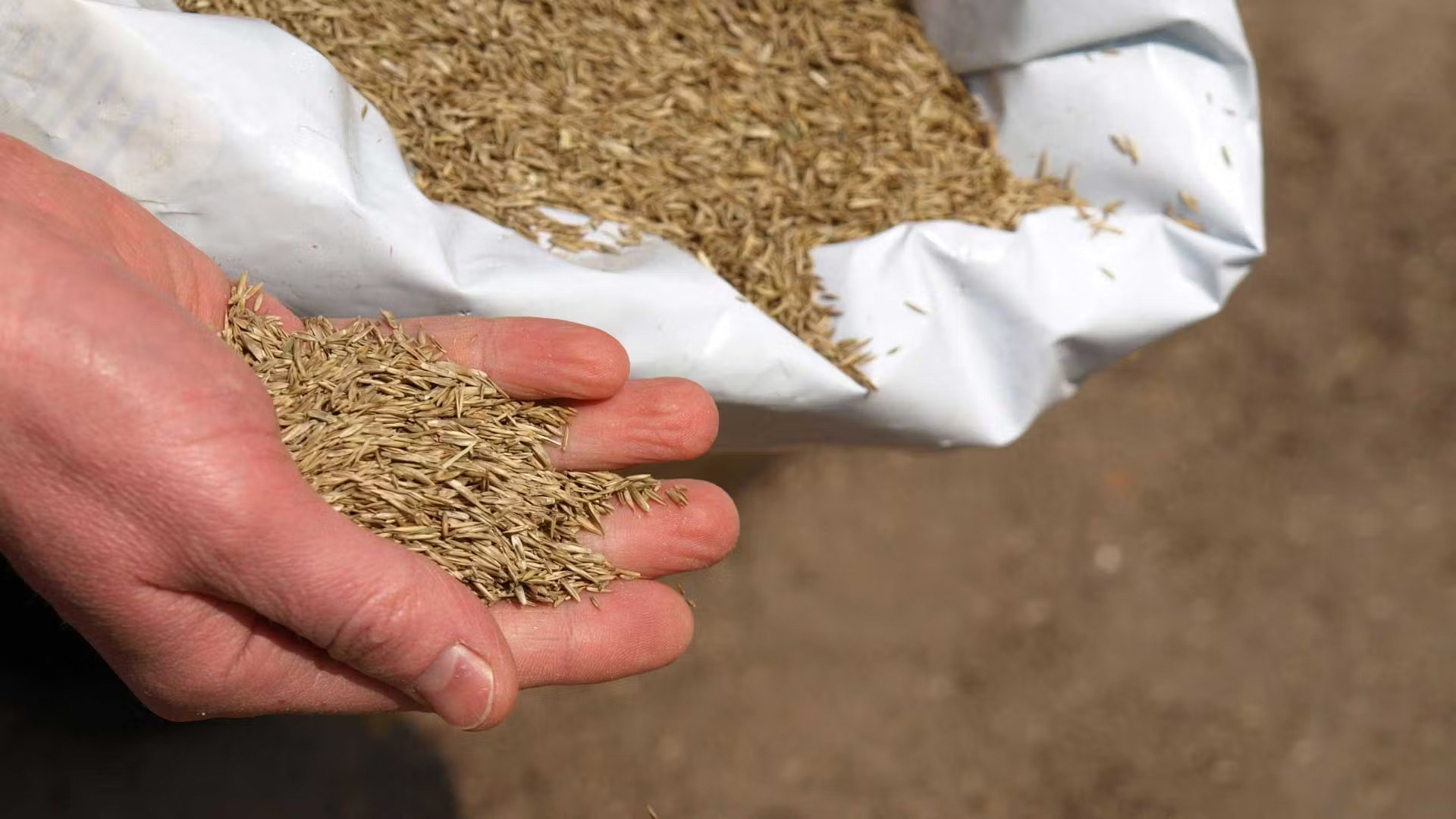
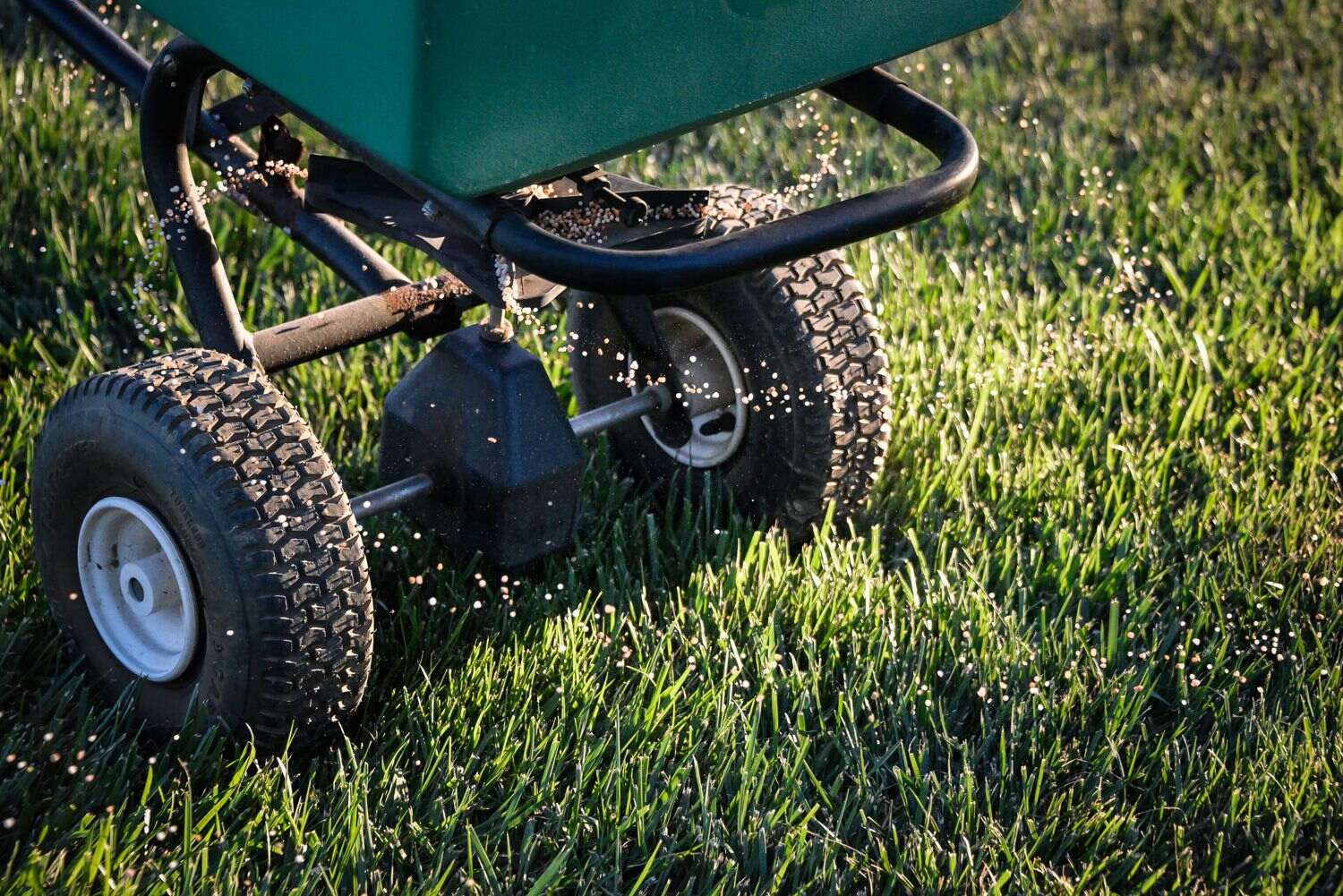
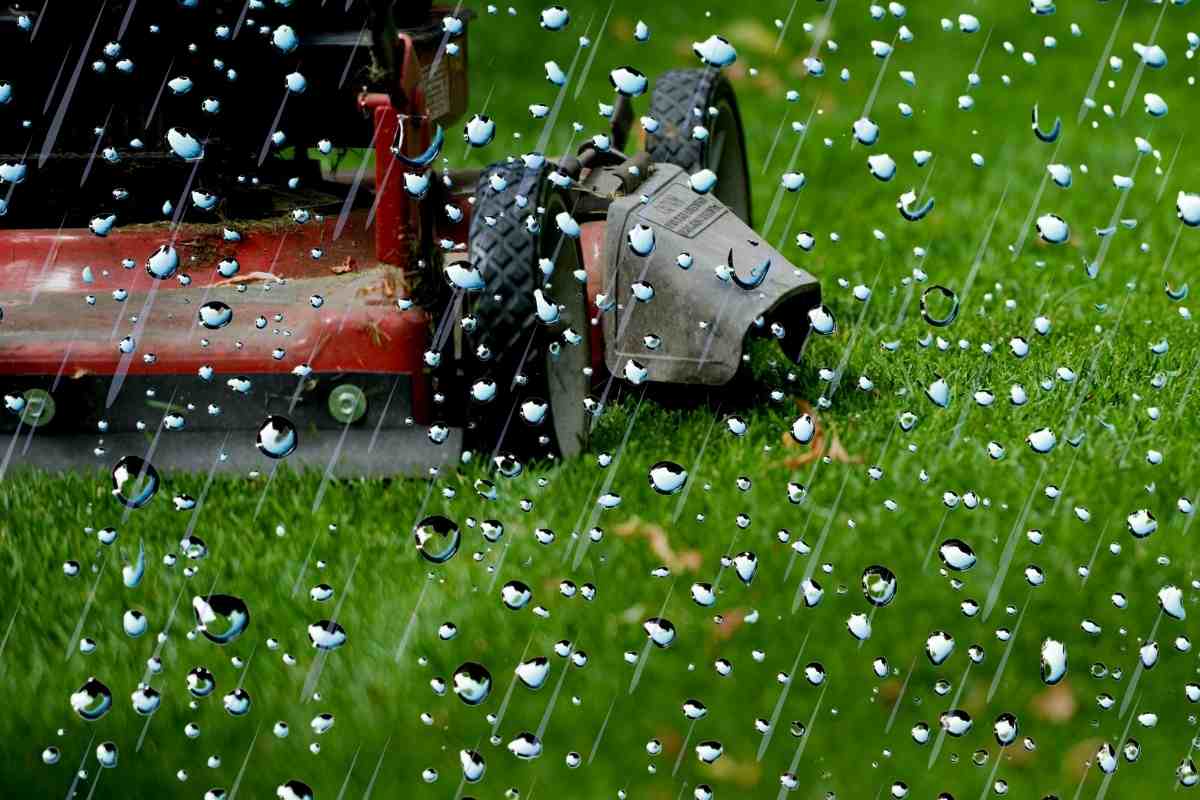
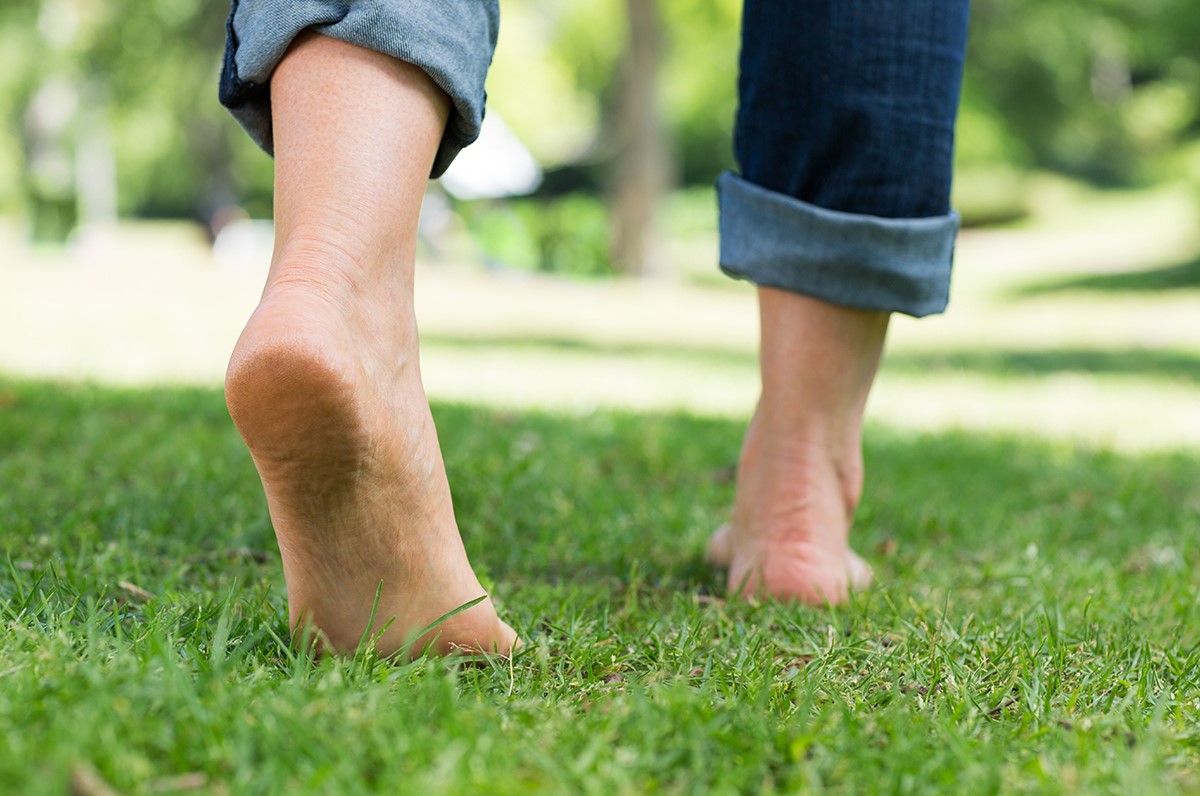
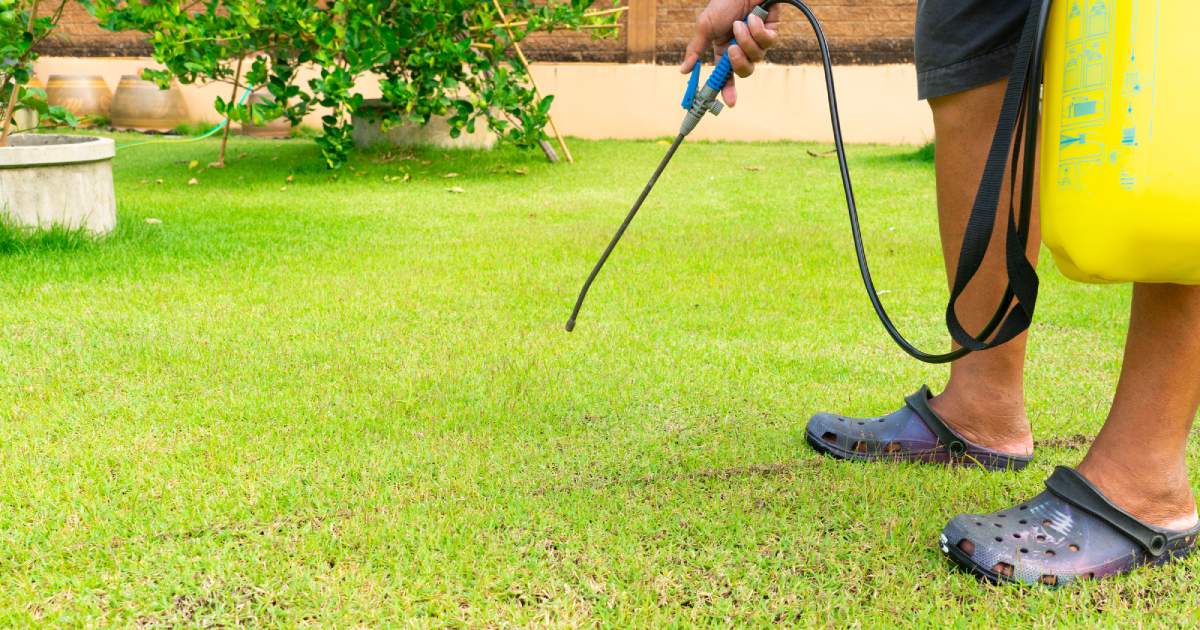
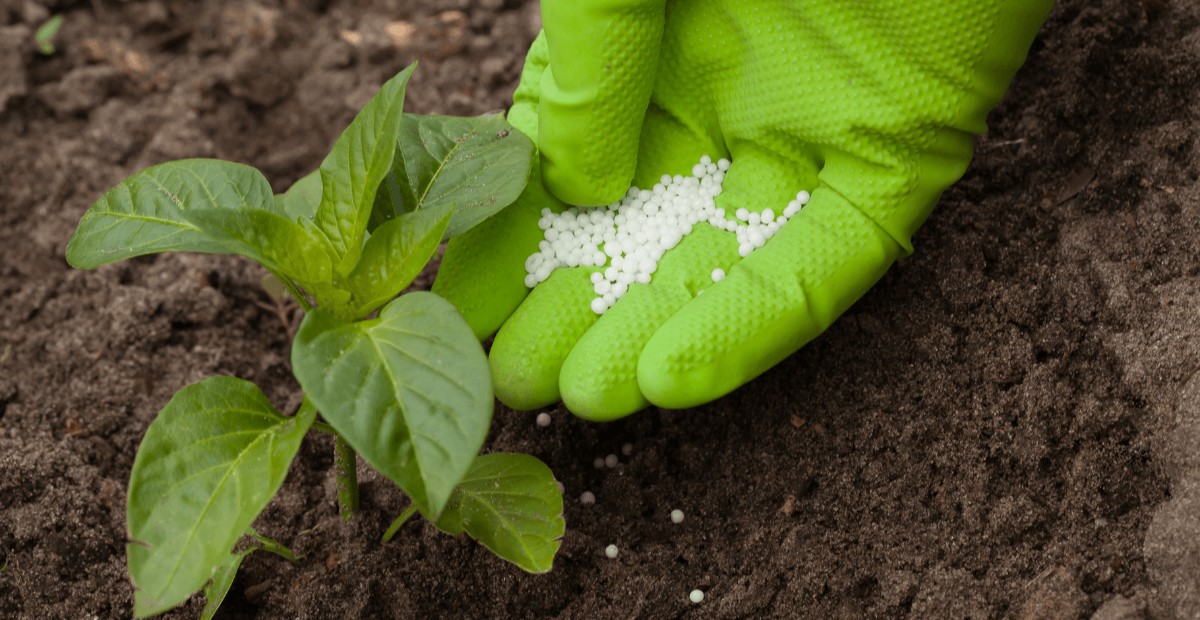
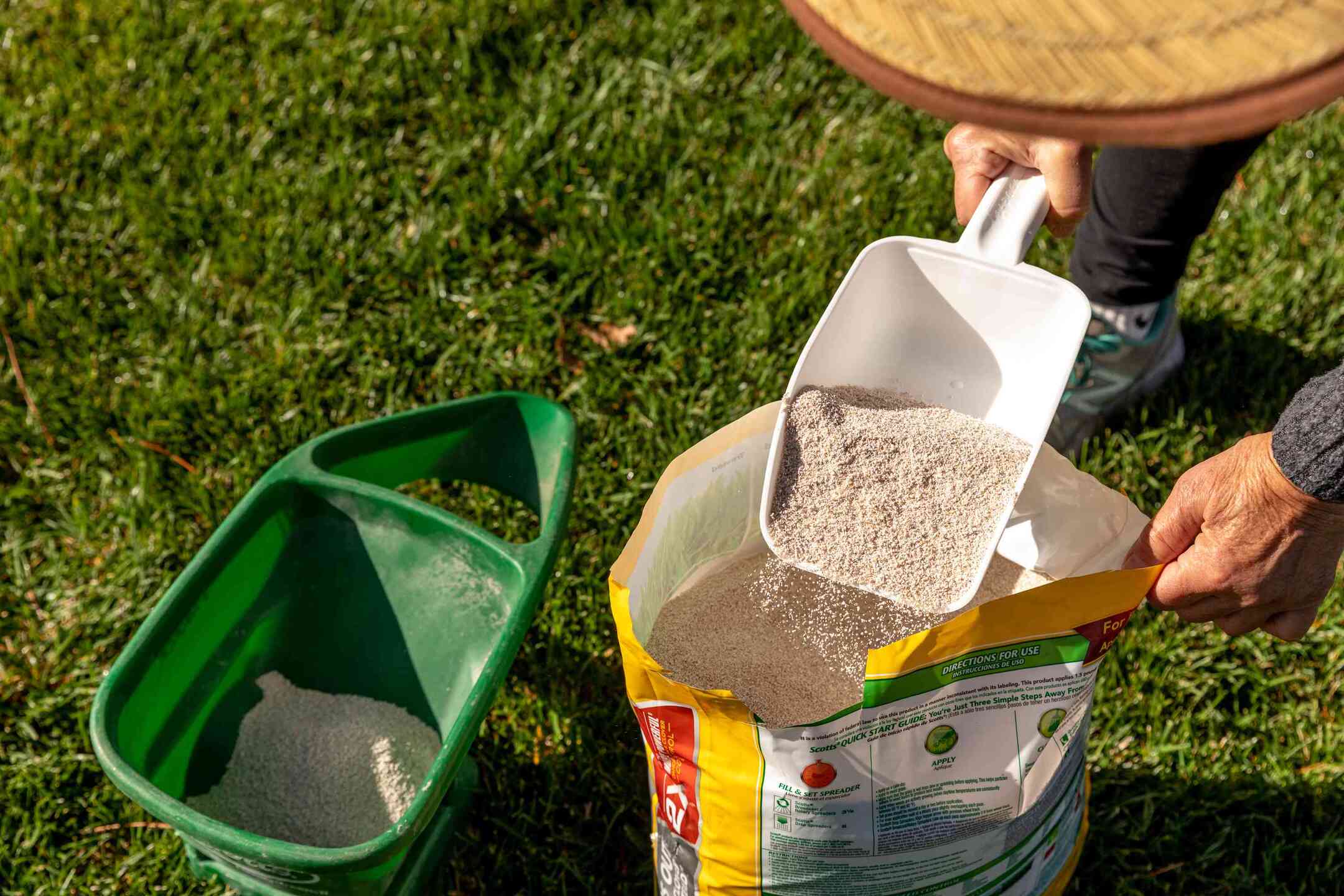

0 thoughts on “How Long To Stay Off Grass After Fertilizing”